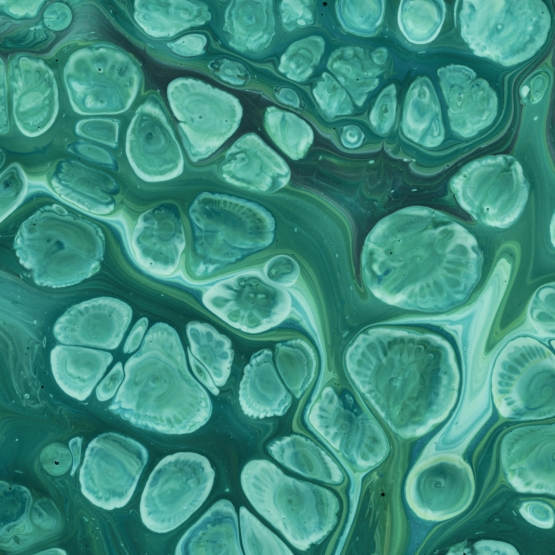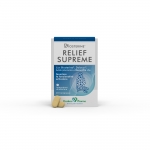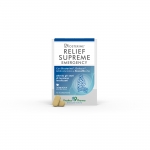Ours is a holistic approach that does not hinder the physiological processes of the body. It's an approach that encourages the restoration of balance, by combatting the causes of symptoms as efficiently as possible and ensuring fast relief.
Symptoms and relief
SELECT YOUR NEED

Osteoarticular and muscular system
INFLAMMATION AND PAIN
INFLAMMATION is an adaptive response to anything that our body perceives as potentially harmful.
Clinically, the tell-tale signs of inflammation are:
- warmth in the inflamed area
- redness
- swelling
- pain and functional impairment
These symptoms frequently affect the musculoskeletal system, thus creating localized tension in the muscles, tendons and bones.


Inflammation develops through complex biochemical processes involving the targets of inflammation, in which molecular and cellular components that are closely interconnected form part, such as:
- The arachidonic acid cascade
- ROS and RNS
- The complement system
- The endocannabinoid system
- Glucocorticoid receptors
WHAT IS PAIN?
Pain is the means by which the body signals damage to its tissues. As defined by the IASP (International Association for the Study of Pain - 2020) and the World Health Organization, pain is "an unpleasant sensory and emotional experience associated with (or similar to that associated with) potential or ongoing tissue damage."
It can be one of two types:
- Acute pain, which appears suddenly; its possible causes include an illness, trauma (e.g., an injury while playing sports) or inflammation of a tissue in the body (such as pain associated with a muscle strain). Its duration is limited in time; when the discomfort lasts for more than 12 weeks, it is classified as chronic pain.
- Chronic pain may result from an initial trauma (e.g., a fall on one's shoulder), which ends up having long-term consequences, or it may be caused by a persistent condition (e.g., chronic degenerative conditions such as arthritis).
Some types of pain:
| TYPE OF PAIN | THE MOST COMMON | SYMPTOMS |
| Acute pain |
|
|
| Chronic pain |
|
|
WHAT IS THE DIFFERENCE BETWEEN INFLAMMATION AND PAIN?
Pain and inflammation are two different things, but they actually have many things in common. To be specific, in most cases, the pain we experience in one part of the body, whether the head (headache), a muscle (myalgia), or somewhere else, is often caused by an underlying inflammation.
Tendons are fibrous bundles through which the ends of muscles attach to a bone or to the skin, allowing for the contractile apparatus to perform its functions.
Tendonitis occurs when an inflammatory process sets in at the level of one or more of the nearly 300 tendons within our body. This inflammation is caused by overexertion, microtrauma and the constant microstresses that the tendons undergo, which go on to damage the fibers that make them up.
The most frequent causes of tendonitis can be: increased frequency and intensity of workouts, overtraining, inadequate footwear, running on uneven or particularly hard, slippery or too-soft terrain such as sand, incorrect exercise technique, an imbalance between muscle strength and tendon endurance (common in those who are taking anabolic steroids), local corticosteroid injections, lack of muscle warm-up, too early resumption of workouts after an injury, and incorrect posture.
A symptom of tendonitis is a sharp pain at the anatomical area of the tendon affected by inflammation, especially following movement characterized by excessive exertion. Swelling and bruising also appear if the tendon sustains an injury that causes it to completely rupture. Swelling can also occur if the inflammation extends to the tendon sheaths.
The anatomical areas most affected by tendonitis are the shoulders, elbows (epicondylitis or "tennis elbow"), wrists, hands, knees, ankles (Achilles tendon) and feet.

